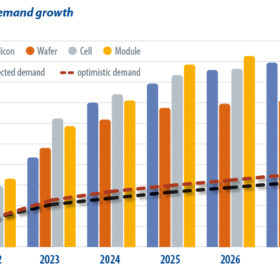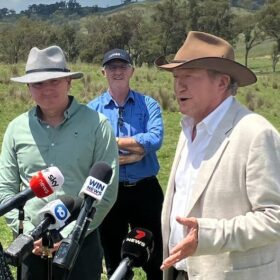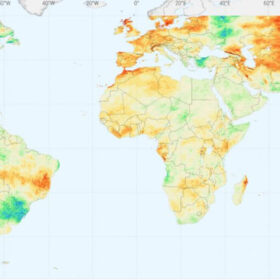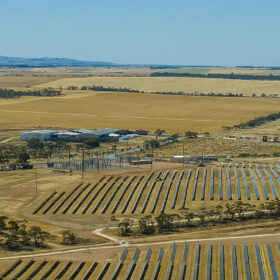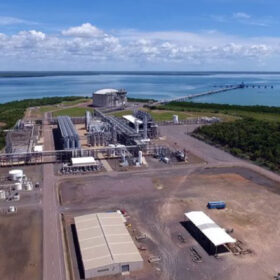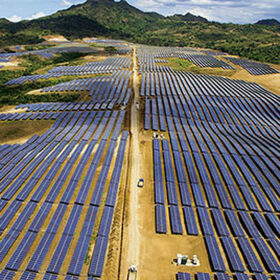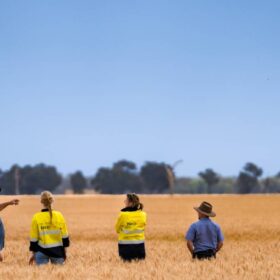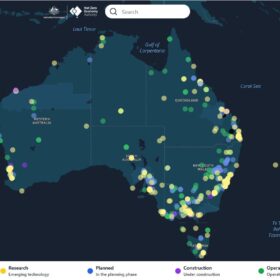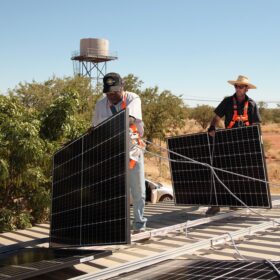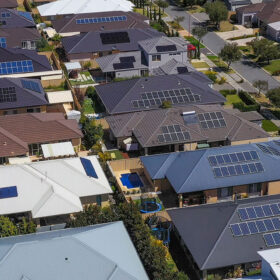Weekend read: Competition heats up
Oversupply is hitting some solar manufacturers hard but grid constraints and labor shortages are unlikely to hold the solar industry back in 2024.
Forrest promises financing for 14 GW of clean energy projects
Squadron Energy, the private renewables group controlled by the billionaire Forrest family, has pledged to deliver 14 GW of new clean energy generation and storage projects in Australia by the end of the decade.
Global solar irradiance ‘relatively stable’ in 2023, says Solargis
With global irradiance above average in Australia, Southeast Asia and Europe, and stable in the United States, solar data provider Solargis says stakeholders should focus on the stability of power grids, while navigating solar financing complexities in developing economies and supply chain capacities in 2024.
Worker injured in fire at South Australian solar farm
A worker is being treated in hospital for burns and police are investigating after an inverter burst into flames at the 30 MW Mannum Stage 2 solar farm being developed near the town of the same name in South Australia’s Riverland region.
Epic adds big battery to complement South Australian solar
Epic Energy has added a large-scale battery energy storage project to its growing portfolio of renewable energy infrastructure assets with the 100 MW / 200 MWh facility to sit alongside the company’s two solar farms at Mannum in South Australia.
Darwin solar-power green hydrogen plant secures major project status
French renewables developer TE H2’s ambition to be an early mover in Australia’s giga-scale renewable energy generation and hydrogen production industry has received a boost with the Northern Territory government awarding major project status to the proposed Darwin H2 Hub.
Queensland council calls for feedback on giga-scale solar and battery project
Plans to build an almost 1 GW solar farm and battery energy storage facility in southern Queensland are now available for public scrutiny with the Toowoomba Regional Council calling for feedback on the development application.
Solar Philippines begins working on 4 GW solar park
Solar Philippines says it has broken ground on what it touted to be the world’s largest solar array – a 4 GW solar park spread across 3,500 hectares of land in the northern part of the country.
pv magazine Awards 2023: The winners
More than 200 entries from across 39 countries made up the field for the pv magazine Awards 2023 and there was genuine innovation on display in all categories. Significant demands have been placed on the solar and energy storage industries in 2023, but that hasn’t stopped the sector from making great leaps in performance. The winners of the pv magazine Awards 2023 serve as shining examples of what can be achieved through a continuous improvement philosophy.
Neoen gives go-ahead for second largest solar farm in global portfolio
The Australian arm of French renewables player Neoen is set to start the construction of its largest solar farm in New South Wales – and the second biggest in its global portfolio – pressing go on the 350 MW Culcairn Solar Farm being developed in the state’s south.
